Jews have made their homes all over the world — sometimes in the most unexpected places.
There were once thriving Jewish communities in Libya, Afghanistan, and Guyana, and today, there are still thriving Jewish communities in the Peruvian rainforest and the Siberian tundra.
How did Jews end up in these surprising locations and what does Jewish practice look like across the world?
1. Iquitos, Peru
If a tree falls in the middle of the rainforest with no one around to hear it, does it make a sound? If no one around you recognizes you as Jewish, would you continue to practice your faith?
That’s a question the Jews of Iquitos, Peru have faced firsthand. Reachable only by plane or boat, Iquitos is the definition of secluded, and its Jewish community is even more isolated. With no more than 70 people and a synagogue housed in a mattress shop, Iquitos is far from a typical Jewish community.
In the 1880s, the Amazon rubber boom drew Jewish-Morrocan businessmen who set up shop in the isolated city, as well as Ashkenazi Jews fleeing European antisemitism.
But the rubber boom didn’t last, and many Jews returned to their home countries or moved to the Peruvian capital.
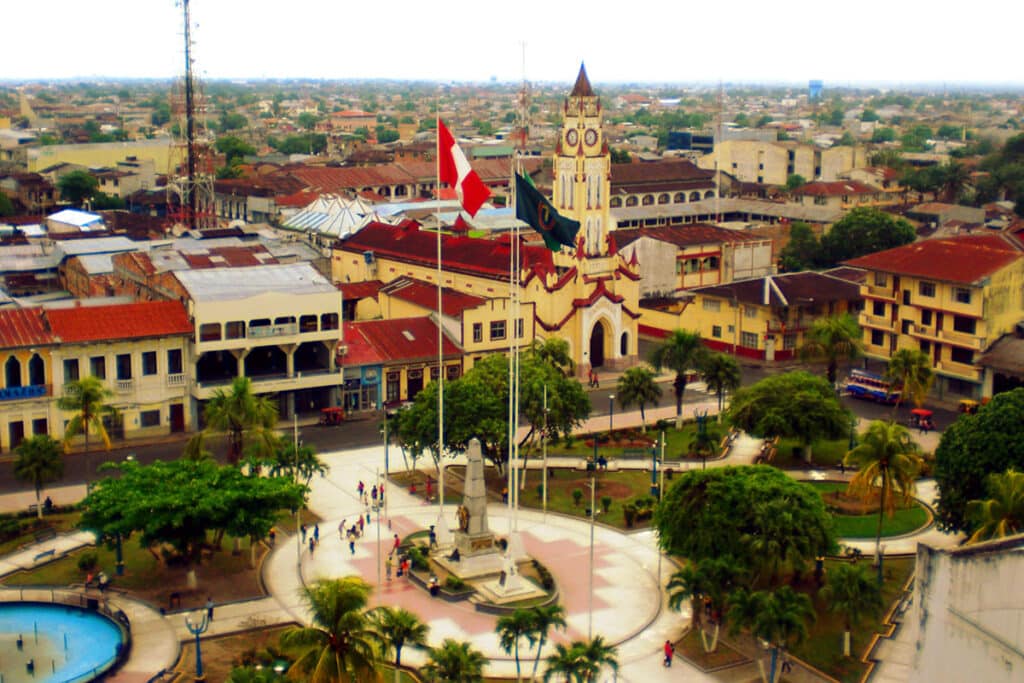
The Jews who remained in Iquitos were primarily men married to local Amazonian women. Though they tried to pass on their traditions, their numbers sank. That is, until the 1980s.
That’s when some of Iquitos’s few remaining Jews reached out to Rabbi Guillermo Bronstein, who transformed the community. He donated prayer books, convened three Jewish courts to conduct conversions, and even sent a mohel to perform circumcisions.
Today, most of Iquitos’s young Jews have moved to Israel, and the community is dwindling. But those who remain are tight-knit and continue to practice proudly.
2. Namibia
In Swakopmund, Namibia, a small cemetery boasts an unusual grave. “Here lies Walter Galler, Kosher L’Pesach,” it says, the Hebrew words scrawled upside down.
Was the upside-down engraving a mistake, a joke, or the struggle of a community with limited access to Jewish items? We may never know.
But we do know that Namibia has been home to a Jewish community since 1861 when two brothers from Cape Town established a trading post there.
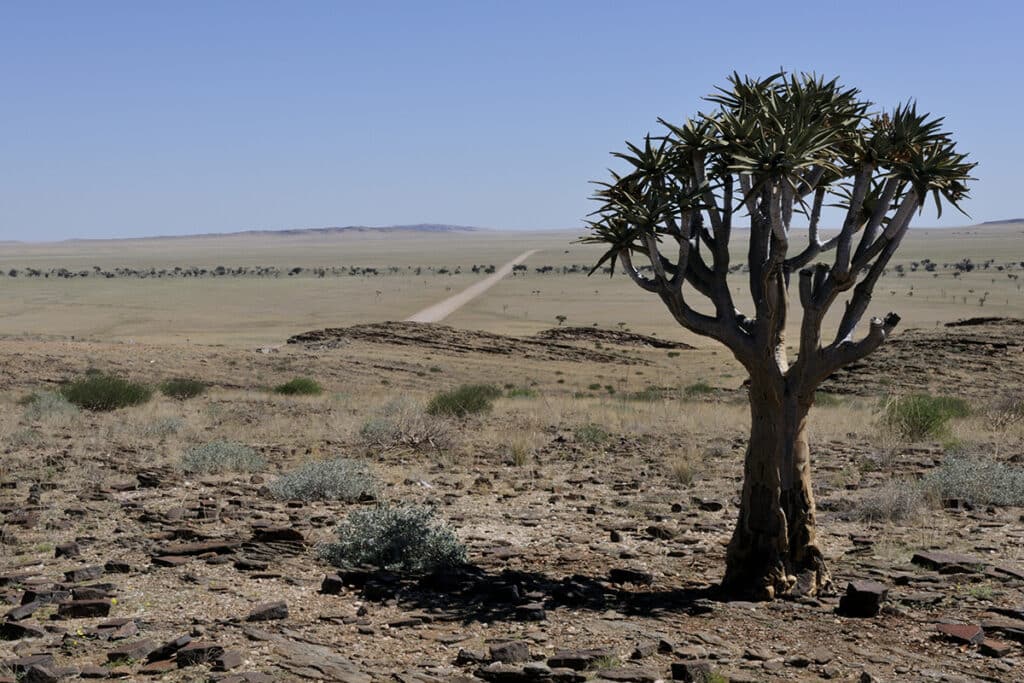
When Namibia became a German colony 23 years later, European pioneers streamed in. Among them were Jews, who established the diamond and mining industries, built new railway lines, and implemented new methods of irrigation.
These colonists were joined in the 1900s by Ashkenazi Jews fleeing antisemitism, and by 1927, Namibia was home to two synagogues.
At its height in the 1950s, about 120 Jewish families lived in the Windhoek community. Today, the community estimates that around 45 Jews remain, with another dozen or so in Keetmanshoop.
Periodically, a traveling rabbi makes his way to Namibia. The rest of the time, the community’s lay leaders take charge of running a thriving community. They lead prayer services and make sure the community’s kids get a Jewish education.
Every Friday night, a handful of dedicated congregants show up for Shabbat services. The community’s oldest member, Harold Pupkewitz, came to nearly every service until his death in 2012.
He described his love for his adopted country in a 2003 interview: “Being born in Vilnius…and knowing what discrimination meant, and coming here [to Namibia] and experiencing freedom for the first time…created a love for this country which nothing will ever eradicate.”
The Windhoek community even published its own book in 2014, giving readers around the world a glimpse into this relatively unknown but highly dedicated community.
3. Gibraltar
Jews might have a rocky history with Spain, but Jewish life in Gibraltar has literally remained rock-solid for centuries.
The community of around 850 Jews lives around the giant limestone formation that gave Gibraltar its nickname of the “Rock.”
Records show that Jews have been living in Gibraltar since at least 1356. But when Spain expelled its Jews in 1492, the community was forced to flee.
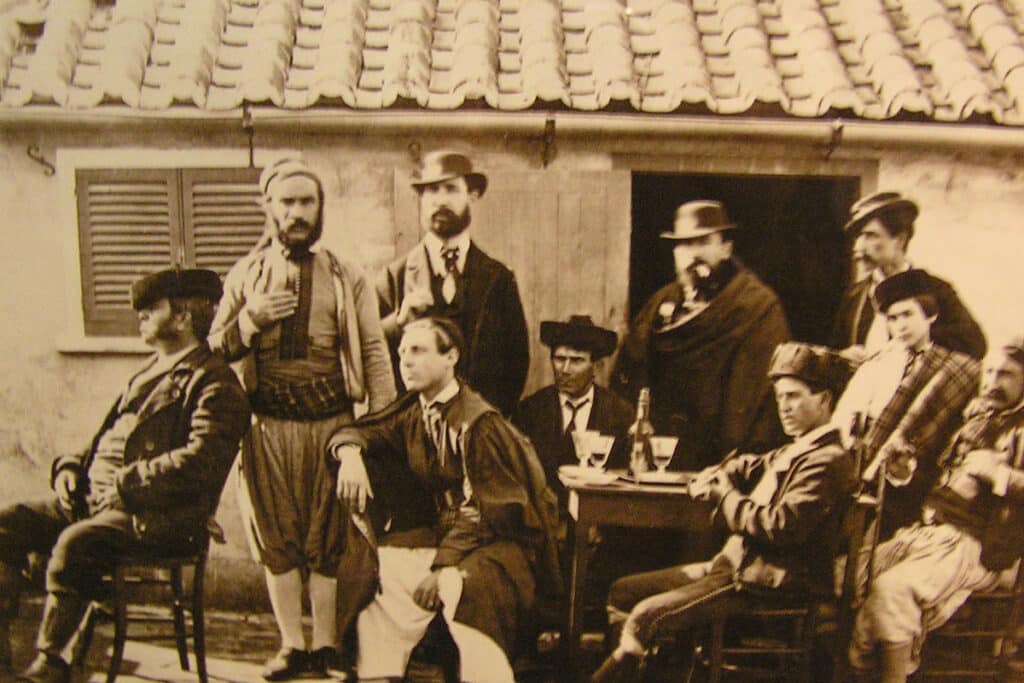
As long as Gibraltar was in Spanish hands, Jews were not welcome. In fact, when Spain gave up Gibraltar to England in 1713, the Spanish monarchy demanded that they continue to keep all Jews out.
But the British were desperate for trading partners, and Moroccan-Jewish merchants were just across the strait. So Britain and Morroco made a deal and allowed Moroccan Jews to settle in Gibraltar temporarily to trade.
In 1749, Britain granted the Jews the right to settle permanently, and the Jews of Gibraltar began re-establishing their community in full force. Within 60 years, half of Gibraltar’s population was Jewish; at its height, the Jewish community numbered nearly 2,000 people.
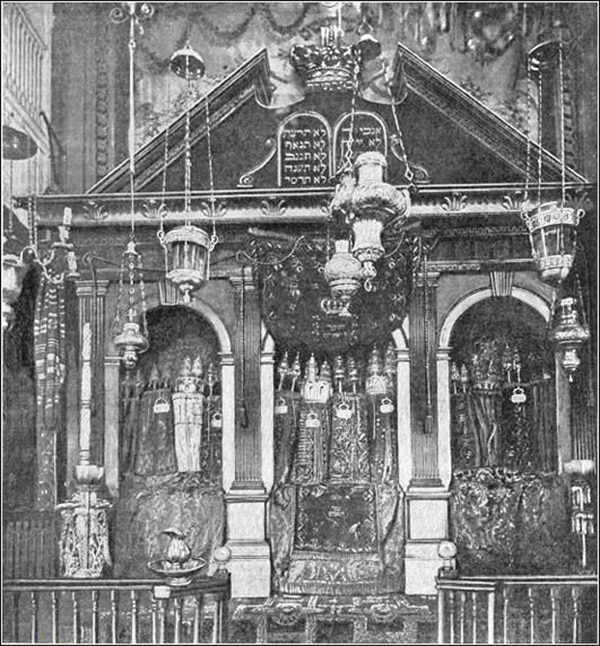
The community had a thriving Jewish culture including four synagogues, a Ladino newspaper, and most importantly, a nearly unheard-of harmony between neighbors. No matter their religion, all of Gibraltar’s residents lived together in peace.
During World War II, the British evacuated all of Gibraltar’s residents, Jewish and otherwise, to Great Britain.
Many never returned, but in recent years, the community has experienced a revival, thanks to a high birth rate and immigration from Great Britain, and Gibraltar’s ancient Jewish community is thriving once more.
4. Japan
No one knows exactly when the first Jews came to Japan, though historians speculate around the 1500s with the arrival of fellow Spanish and Portuguese traders.
They were the only Jews in the country for the next 250 years, after Japan closed its borders. But once the borders re-opened in the 19th century, Jews from Poland, the U.S. and England set up shop just south of Tokyo, taking advantage of Japan’s trading and commercial boom.
Soon the community boasted a synagogue, school, cemetery, and burial society. By the late 1860s, Yokohama was home to roughly 50 Jewish families.
They were soon joined by Russian Jews fleeing the pogroms of the 1880s. These Russian-Jewish refugees settled in the port city of Nagasaki, which soon grew to twice the size of Japan’s original Jewish community in Yokohama.
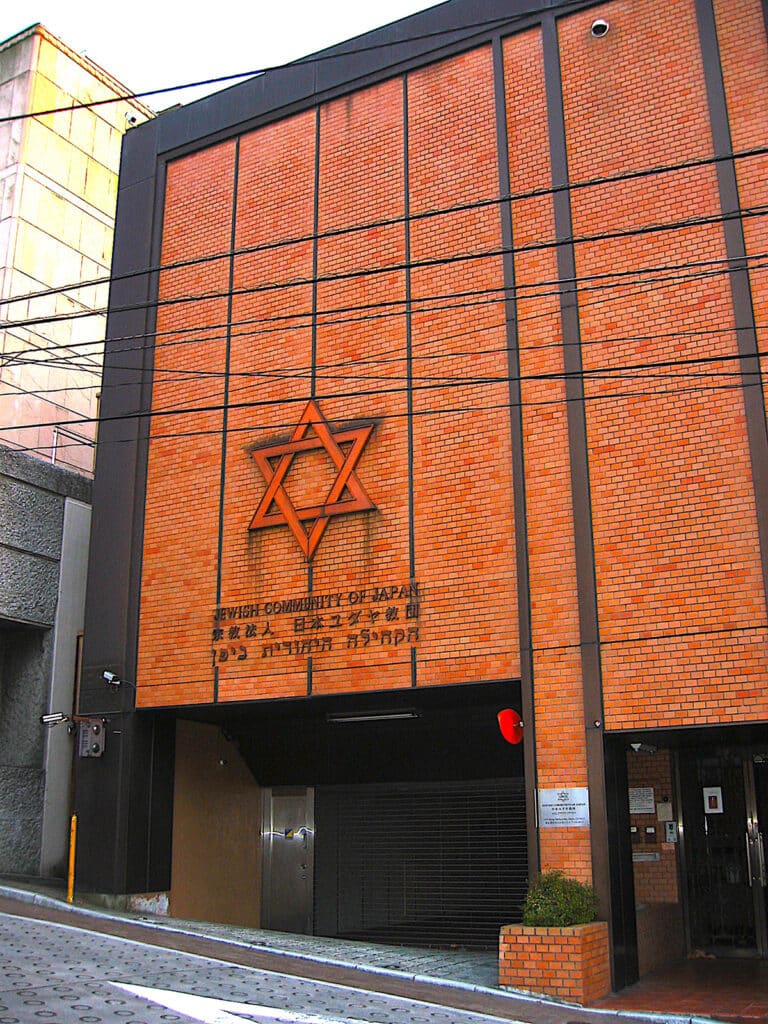
But violence soon followed. The Russo-Japanese War sent many of Nagasaki’s Russian Jewish members fleeing once again, with thousands taken prisoner. They even gave away their Torah to the Jews of Kobe, another tiny Jewish community in Japan.
While Japan buddied up with the Nazis in World War II, its leaders had no particular hostility towards their Jewish population. One heroic Japanese consul even saved 6,000 Jews from the Holocaust by issuing them Japanese transit visas.
Today, Japan’s Jewish community is estimated at 1,000-2,500 Jews. More than half are from the U.S., a quarter are from Israel, some are Japanese converts, and the rest come from all over the world.
In a country notorious for being homogenous, the Jewish community is a unique mix of customs and cultures. In Kobe, roughly 30 families keep Sephardic traditions alive, while Tokyo’s synagogues cater to both Orthodox and egalitarian worshippers. There may not be a lot of Jews in Japan, but their communities are tight-knit.
5. Siberia
When most people think of the Jewish state, they usually think of Israel, the land of milk and honey promised in the Bible.
They usually don’t think about a frigid, swampy province on the Russian-Chinese border.
But 20 years before the State of Israel, an unlikely leader was doing his very best to carve out a Jewish state in Birobidzhan, Siberia.
That leader was Joseph Stalin. We don’t usually think of Stalin as a Zionist hero and that’s because he wasn’t.
In fact, Birobidzhan was Stalin’s socialist alternative to Zionism. After all, why should the Jews resettle in Palestine when the Soviet Union could use them to fortify their border?
Stalin dreamed of transforming Russia’s Jews into productive agricultural workers, and surprisingly, many Soviet Jews supported Stalin’s plan. They’d have their own little corner of the Soviet utopia. And maybe then, they’d finally be considered Soviet “enough” to be accepted.
And that’s the story of the first Jewish state in two thousand years. It became known as the Jewish Autonomous Region, a title it still holds today.
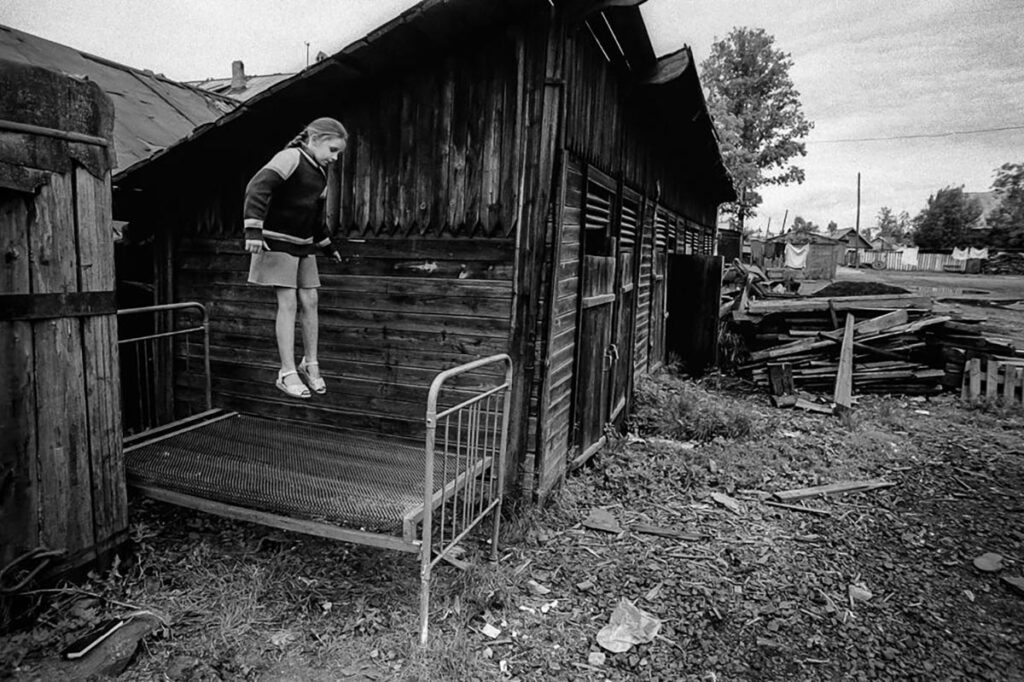
The slogan “To the Jewish Homeland!” rang throughout Jewish Soviet neighborhoods. Many Jews had already been barred from their professions as craftspeople after the Bolshevik Revolution. They had nothing more to lose, so thousands accepted the state’s one-way tickets to Birobidzhan.
But there’s a reason no one knows that Birobidzhan exists. Well, two reasons.
First, the region was completely unprepared for an influx of settlers. It had few roads and buildings, with just thrown-together barracks to live. Most of the land was totally unworkable.
All the desirable land was already taken by Russians, Cossacks, Koreans, and Ukrainians who did not appreciate having to share with an influx of Jews. Nearly half of Birobidzhan’s early Jewish settlers left.
But the other half persevered, and by the mid-1930s, Birobidzhan was a hub of Soviet-Jewish culture, with the Sholem Aleichem Theater, Yiddish schools, and a local newspaper.
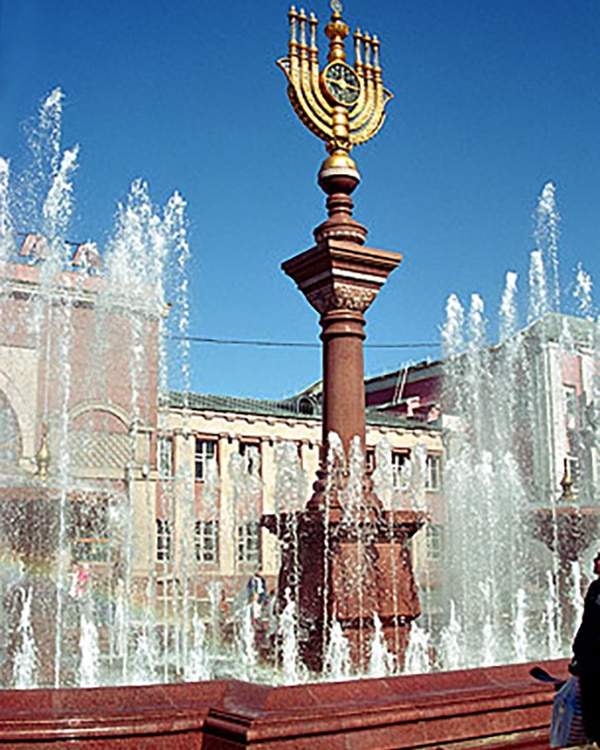
Additionally, Stalin was fiercely protective of his power. It wasn’t long before he turned his attention yet again to the age-old scapegoats: the Jews.
Secret police stormed into Birobidzhan, throwing the region’s esteemed poets and writers in jail for promoting Yiddish culture, and the so-called “Jewish state” was forced underground.
However, despite Stalin’s attempts, there are still 3,000 Jews in Birobidzhan today. The region still bears marks of its Jewish past, like statues of the Yiddish writer Sholem Aleichem.
Yiddish singalongs from the local Jewish community group still ring through the streets. Though the town newspaper is now published in Russian, it still prints two pages in Yiddish every week.
Around the world, despite booms and busts, challenges and triumphs, Jewish communities have continued to cling to their cultures and traditions. No matter where we live, we do our best to keep the ancient flame alight.
